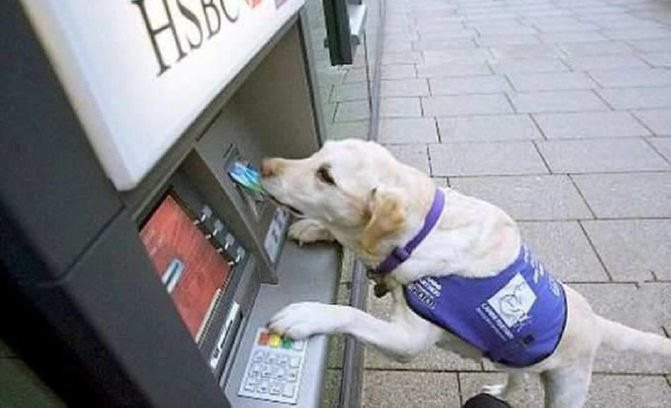Disability: The Market You’re Missing Part III
 By: Rachel Goldstein
By: Rachel Goldstein
For the last part of my series I am going to address how the Americans with Disabilities Act (ADA) applies to service animals and the responsibilities of businesses to allow service animals into their facilities. The ADA defines “service animal” as limited to a dog that is individually trained to do work or perform tasks for an individual with a disability and the tasks must be directly related to the person’s disability. An important distinction from other federal law (such as the Fair Housing Act) is that the ADA defines service animals to include only dogs and the ADA does not consider emotional support, therapy, companion or comfort animals as service animals.
When it is obvious that the animal is trained to do work or perform tasks for an individual with a disability, such as when the dog is retrieving items out of reach for a person using a wheelchair, staff cannot question the person. However, when it is not obvious that the dog is a service animal, businesses and their staff may ask only two specific questions:
- Is the dog a service animal required because of a disability? and
- What work or task has the dog been trained to perform?
In either instance, staff is not allowed to ask about the nature of the person’s disability or require any documentation for the dog like proof that the animal has been certified, trained, or licensed as a service animal, or require that the dog show what tasks it performs. The ADA does not require service animals to wear a vest, ID tag, or specific harness and businesses are not allowed to require such identification for entry. Staff must also allow service animals to go anywhere in the business the public and other customers are allowed to go and cannot be restricted to ”pet friendly” areas or rooms.
Staff are not responsible for watching or caring for a service animal when in its business and do not have to walk, feed or groom the dog. It is the responsibility of the person with a disability or a handler to supervise, care for and control the dog. If the service animal is out of control and the handler does not or cannot control it, or if the dog is not housebroken, staff may then request the animal be removed from the business. Also, if allowing service animals would fundamentally alter the nature of a service or program (change the essential nature of your business), service animals may be excluded.
Again, as I have previously emphasized, comprehensive training is essential! Staff has to be aware of their obligations and what they can and cannot ask as they play such an important role in making sure individuals with disabilities are included in everyday activities and provided the same opportunities as individuals without disabilities.
The Department of Justice issued guidance on July 13, 2015 entitled Frequently Asked Questions about Service Animals and the ADA, which may provide further useful information for your business. For more information please visit http://www.ada.gov/regs2010/service_animal_qa.html













